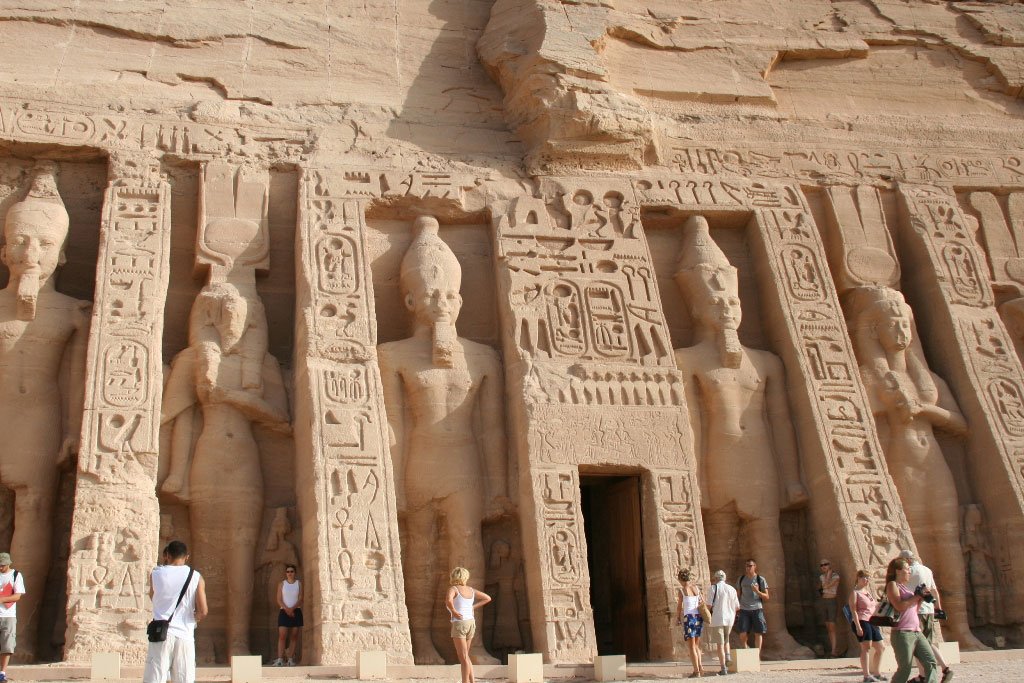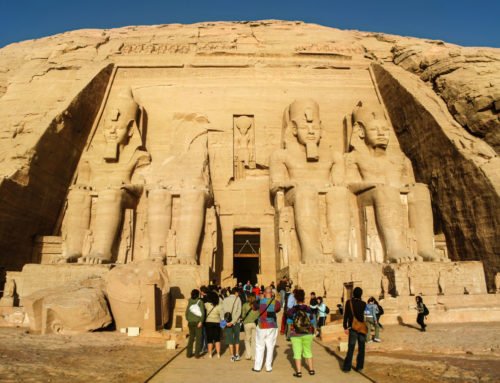Overview
- Features: Temple dedicated to the gods, Amun of Thebes, Ptah of Memphis and Ra-Harakhty of Heliopolis, and to honour Ramses II
- Opening Times: 6am to 6pm (Summer), 6am to 5pm (Winter); daily
- Best Time to Visit: Early morning
- Duration: 1 to 2 hours
- Travelled By: On the Go Tours
- Cost: LE50
- Address: Abu Simbel, Egypt
- Type: Temple
Author Reviews[display_rating_item_results rating_form_id=”2″ rating_entry_ids=”1″ show_category_filter=”false” show_options=”true” result_type=”star_rating” preserve_max_rating=”true” show_title=”false” show_count=”false” ]
Total Rating: [display_rating_result rating_form_id=”2″ show_count=”false” show_rich_snippets=true] [accordions load=”1″] [accordion title=”User Reviews” last] [display_rating_item_results rating_form_id=”5″ show_options=”true” result_type=”star_rating” preserve_max_rating=”true” show_title=”false” show_count=”true” show_rich_snippets=true] [/accordion] [accordion title=”Add Review”][display_rating_form show_email_input=”true” show_comment_textarea=”true” show_name_input=”true” rating_form_id=”5″] [/accordion] [/accordions]
Summary
The second temple in the Abu Simbel temple complex is the Temple of Hathor built by Ramses II to honour his favourite wife, Nefertari. Dedicated to the goddess Hathor, this smaller temple stands north of the Great Temple of Ramses II and is a popular attraction in Abu Simbel along with the Great Temple.
Temple of Hathor
The second temple in the Abu Simbel temple complex is the Temple of Hathor built by Ramses II to honour his favourite wife, Nefertari. Dedicated to the goddess Hathor, this smaller temple stands north of the Great Temple of Ramses II and is a popular attraction in Abu Simbel along with the Great Temple.
10 Interesting Facts about the Temple of Hathor
- The Temple of Hathor is half the size of the Great Temple of Ramses II
- The star attractions of the temple are the façade, hypostyle hall and inner sanctum
- The temple has a rock-cut façade fronted by six 10m-high standing statues of Ramses and Nefertari, with some of their many children by their side
- Queen Nefertari is shown wearing the costume of the goddess Hathor
- Nefertari is also unusually portrayed as the same height as her husband, instead of coming only up to his knees as most consorts were depicted
- The hypostyle hall has Hathor-headed pillars and is decorated with scenes of Ramses slaying Egypt’s enemies, watched by Nefertari
- Carvings on the walls depict the queen appearing in front of the gods as an equal to Ramses II; she is also seen honouring her husband
- The vestibule and adjoining chambers have colourful scenes of the goddess and her sacred barque
- Carvings in the vestibule show the royal couple making offerings to the gods
- The inner sanctuary has a weathered statue of Hathor as a cow emerging from the rock



